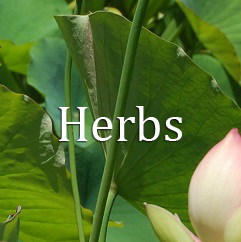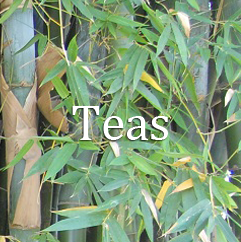Terms used in the blog, “Yoga, Ginger and Garlic” are explained below. Source and quotations from the book, The Yoga of Herbs: An Ayurvedic Guide to Herbal Medicine by David Frawley and Vasant Lad, 1986, unless otherwise indicated.
actions; indications; preparations: these three help to choose the right herb for its effects on the body, the symptoms presented, and the form of an herb for ingesting the right dosage.
Ayurvedic (herbal) medicine: “ a therapeutic system based on the classification of foods and herbs into four groups: energy, taste, post-digestive effect, and potency…” source: p.32, Alternative Medicine by Joseph C. Segen, 2003
Dosha: energy; any of three broad principles orchestrating a person’s mental and physiological functions; source: The Way of Ayurvedic Herbs by Karta Purkh Singh Khalsa and Michael Tierra, 2008.
Vata: dosha formed from air and ether elements, tends to move
Pitta: dosha formed from water and fire elements, tends to be metabolic
Kapha: dosha formed from water and earth elements, tend to stabilize tendency
Energetics: the properties of herbs, chosen for their taste, heating or cooling qualities, post-digestive effect and special potency.
herbal medicine: “… the use of substances extracted from flowers, fruits, roots, seeds, stems, either alone or as an adjunct to other forms of alternative health care…” source: p. 177, Alternative Medicine by Joseph C. Segen, 2003
Mantra, Yantra and Meditation: chapter in The Yoga of Herbs in which a combination of physical and mental healing is described.
taste: different tastes yield different effects.
Western herbalism: see herbal medicine, above.
**********************************************************
Names of plants in the blog, “Yoga, Ginger and Garlic” are explained below. Source and quotations from the book, The Yoga of Herbs: An Ayurvedic Guide to Herbal Medicine by David Frawley and Vasant Lad, 1986, unless otherwise indicated.
name of herb : Latin name
basil : Ocimum species
bay leaves : Laurus nobilis
cardamom : Elettaria cardamomum
cayenne : Capsicum annuum
chrysanthemum : Chrysanthemum indicum
cinnamon : Cinnamomum Zeylanicum
cloves : Eugenia caryophyllata
dandelion : Taraxacum officinalis
Echinacea : Echinacea angustifolia
fennel : Foeniculum vulgaris
flaxseed : Linum usitatissimum
garlic : Allium sativum
ginger : Zingiber officinale
hawthorn : Crataeus oxycantha
kelp : Fucus visiculosis
mullein : Verbascum thapsus
mustard : Brassica alba
peppermint : Mentha piperita
pomegranate : Punica granatum
raspberry : Rubus species
rosemary : Rosmarinum officinalis
sage : Salvia officinalis
sesame seed : Sesamum indicum
valerian : Valeriana species
white oak bark : Quercus alba
yarrow : Achillea millefolium




[…] you generally have a hot constitution, or in Ayurvedic terms are more Pitta than Vata or Kapha, you may already be too warm for ginger. Instead, consider adding rose hips to your broth, decocting […]